About Montana 4-H
Montana 4-H is the youth development program of Montana State University Extension. It is the largest out-of-school youth development program in the state, reaching nearly 14,000 youth in all 56 counties and 7 reservations each year.
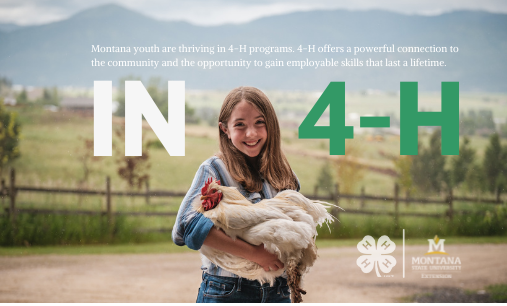
Photo Credit: Tom Aldrich
In 4-H, if you can dream it, you can do it!
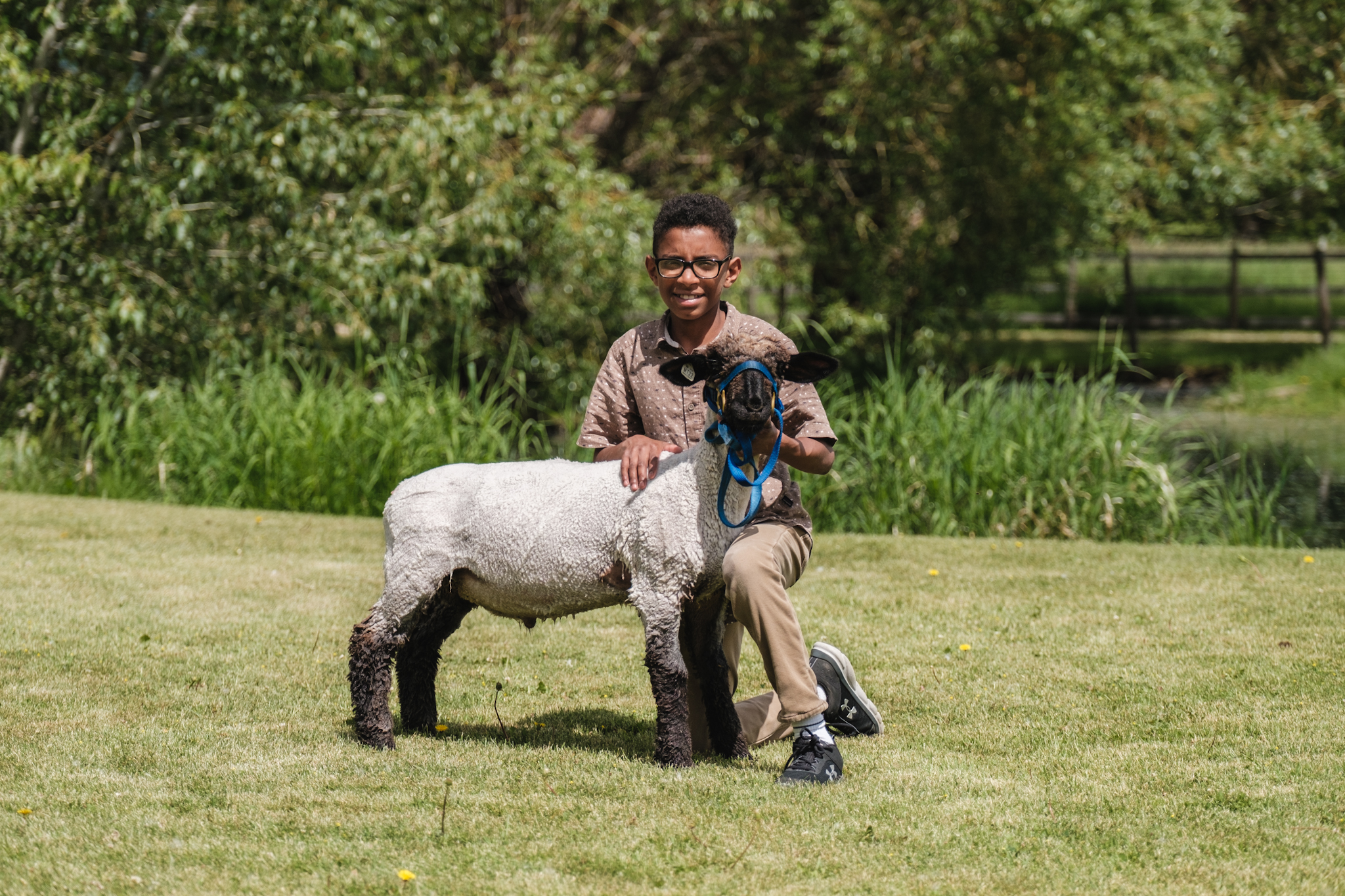
4-H offers more than 200 different projects and experiences that actively engage youth in learning and having fun. These projects rely on trained adult volunteers who work with youth as partners in hands- on learning.
From learning how to cook or sew, raise an animal, or about conservation and robotics, 4-H offers a wide range of choices and opportunities for youth to learn and grow.
4-H DEVELOPS EMPLOYABLE LIFE SKILLS THROUGH PROJECT BASED LEARNING.
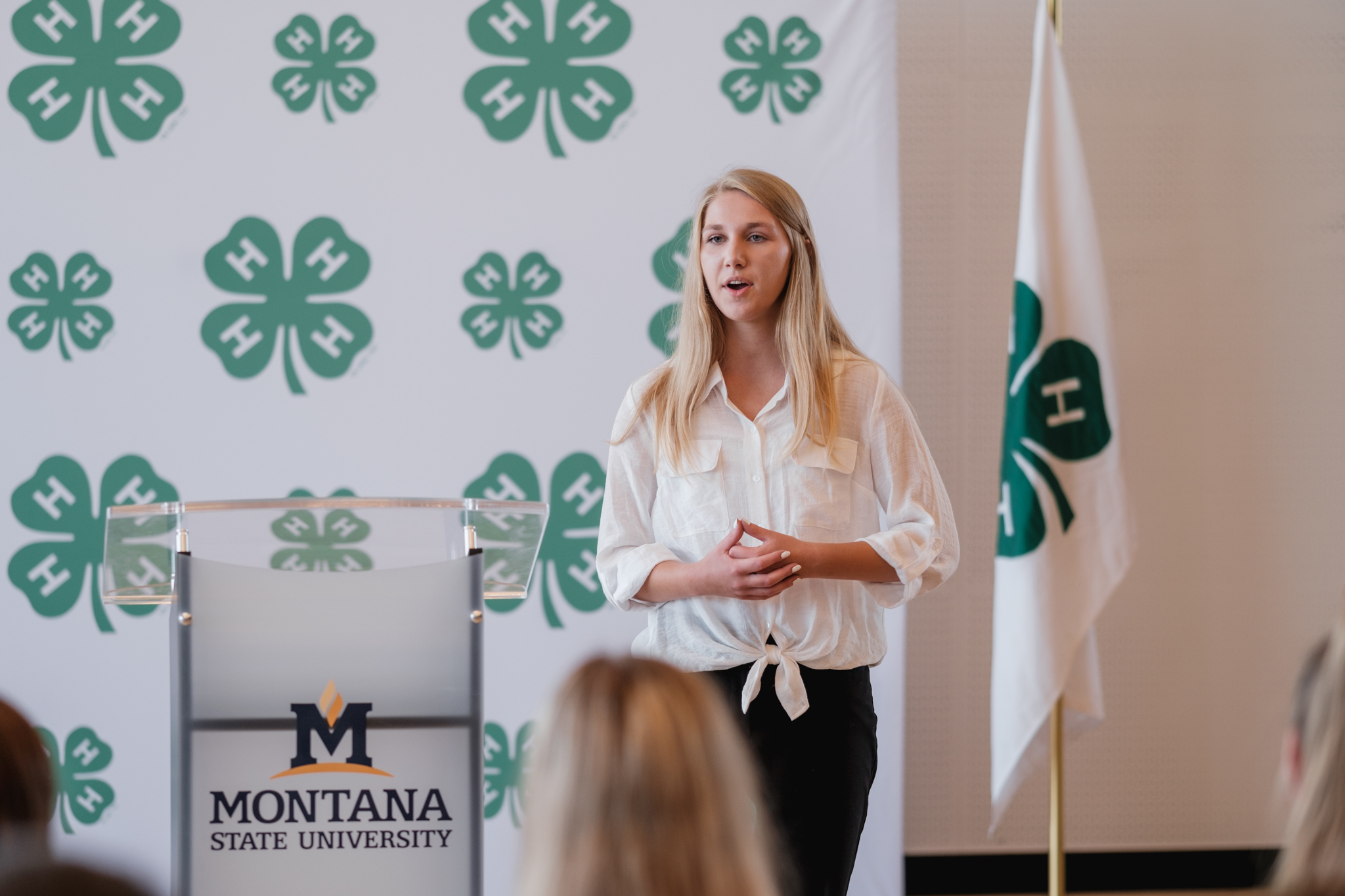
Photo Credit: Tom Aldrich
17,917 Montana youth are enrolled in animaland vet science projects, from lizards to llamas and snakes to steers. Along the way they learnresponsibility,goal setting,record keepingresiliency. Youth engaged in animal project master skills such as self-motivation and discipline. These transferable skills serve them in attaining higher education and careers.
6,504 Montana youth are enrolled in environment educational and earth science projects. They gain an understanding and appreciation for Montana’s natural resources.
4,977 Montana youth enroll in food and nutrition projects, 3,544 registered for plant science and weeds projects, and 1,607 engaged in technology and engineering projects. Along the way, they explore rewarding career opportunities and find passion in employable fields at early ages.
Knowledge and skills gained in 4-H projects such as crop science, robotics, and food science prepare youth for meaningful employment as adults.
4-H BUILDS COMMUNICATION SKILLS AND CONFIDENCE THAT ARE APPLIED TO THE FUTURE.
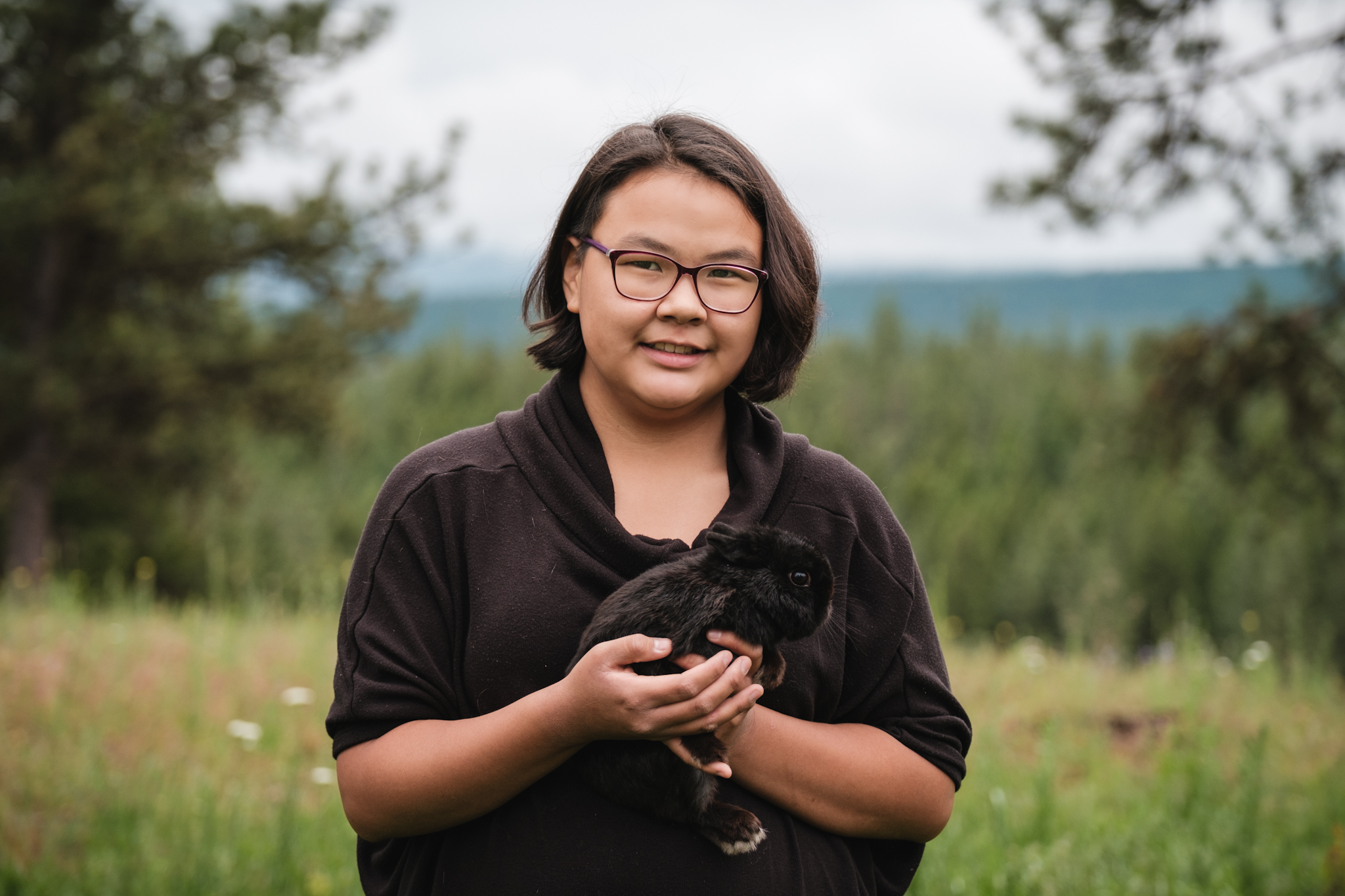
Photo Credit: Tom Aldrich
Communication is a cornerstone of all 4-H programming.
4-H members practice skills like public speaking, presentation and expressing a point of view as club members, in their project work and a variety of other 4-H activities like demonstrations.
Results of the Montana 4-H Communication Survey
Results of the Montana 4-H Communication Survey included responses from 203
4-H members who ranged in age from 8 years old to 19. Respondents indicated their
self-assessed ability on eight statements. A majority of respondents indicated an
increased ability after participating in 4-H in each of the statements.
- 70.44% indicated improvement in knowing how to prepare a presentation from beginning to end after participating in 4-H.
- 66.01% assessed themselves as more willing to speak in front of groups after joining 4-H.
- 65.02% reported they were better at answering questions about their topics or ideas.
- 53.69% felt they were better at listening to others before responding.
- 50.74% indicated being more comfortable expressing their ideas in writing.
- 60.1% reported improvement in maintaining eye contact while communicating.
- 54.19% felt 4-H helped them to better express themselves to others.
- 64.04% of the 4-Hers indicated feeling more comfortable while speaking with adults.
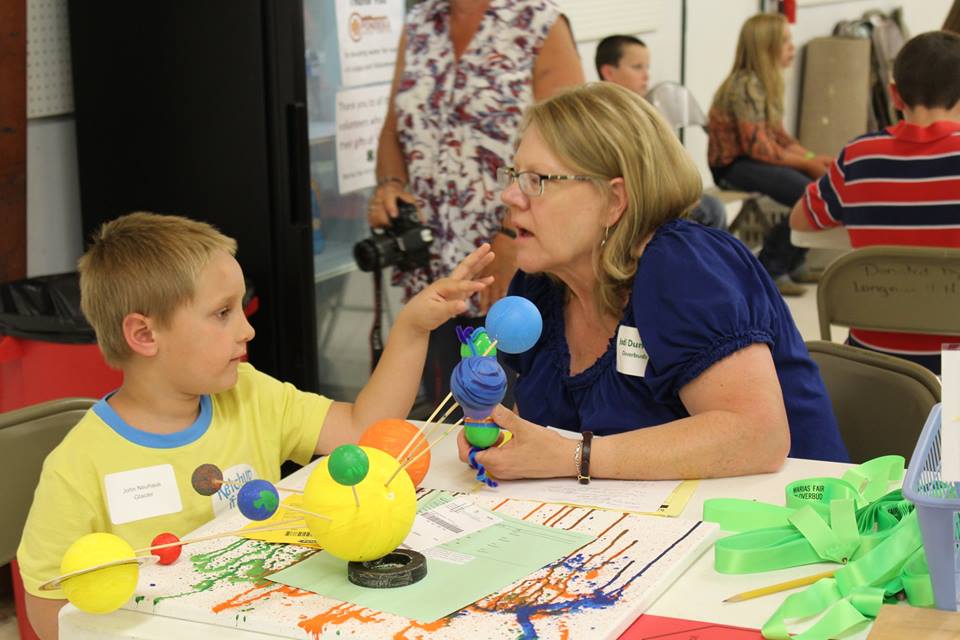
4-H members have multiple opportunities to present to a group and interview one on one with an adult throughout the 4-H year. These experiences allow them to develop above-average confidence and skill in communicating with both peers and adults, in both prepared and spontaneous settings.
What 4-H’ers and their parents say about communication skills gained in 4-H:

Photo Credit: Tom Aldrich
“4-H has helped me grow up and be a person who can be confident and well-spoken in a group setting. I can relate to younger 4-H members to help them grow in their projects by using the experience I have had with my own projects. [Because of 4-H] I have also had several successful job interviews.”
- Hill County 4-H’er age 17
“I have participated in multiple presentations, from one person in the audience to hundreds. If I had not done 4-H I would not have [had] these opportunities to develop my speaking and listening skills.”
- Gallatin County 4-H’er age 13
“The communication skills my children have gained in 4-H is one of the great benefits that they received from their participation. As they attend college classes, they are amazed at how easy it is for them to complete public speaking assignments and what a difficult time other students have had.”
- Parent of Carbon County 4-H Alumni
“Because of 4-H my children have gained the confidence and experiences from the structured and non-threatening environment to excel in most speaking situations.”
- Parent of Richland County 4-H members
4-H'ERS LEARN TO LEAD IN THEIR OWN COMMUNITIES.
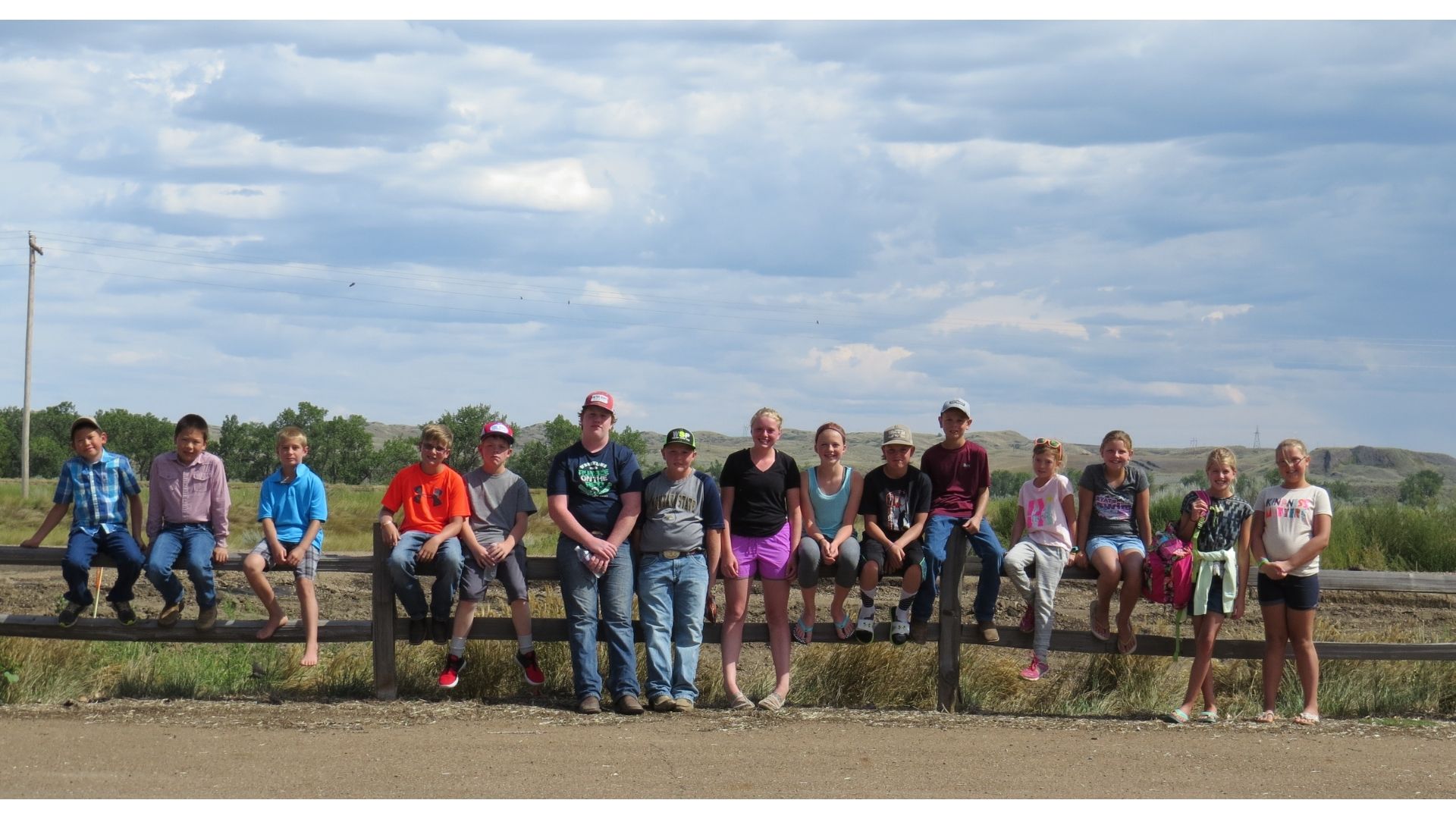
3,785 Montana youth enrolled in the leadership project developing character, with a focus on personal growth and practicing goal setting.
4-H members are able to identify needs in their communities and are encouraged to mobilize and mentor members to meet those needs through community-based projects. 4-H members are able to execute a project to make a difference in their community, reflecting on what they have accomplished and what they can do differently next time to increase impact.
4-H CONNECTS INDIVIDUALS TO COMMUNITIES.
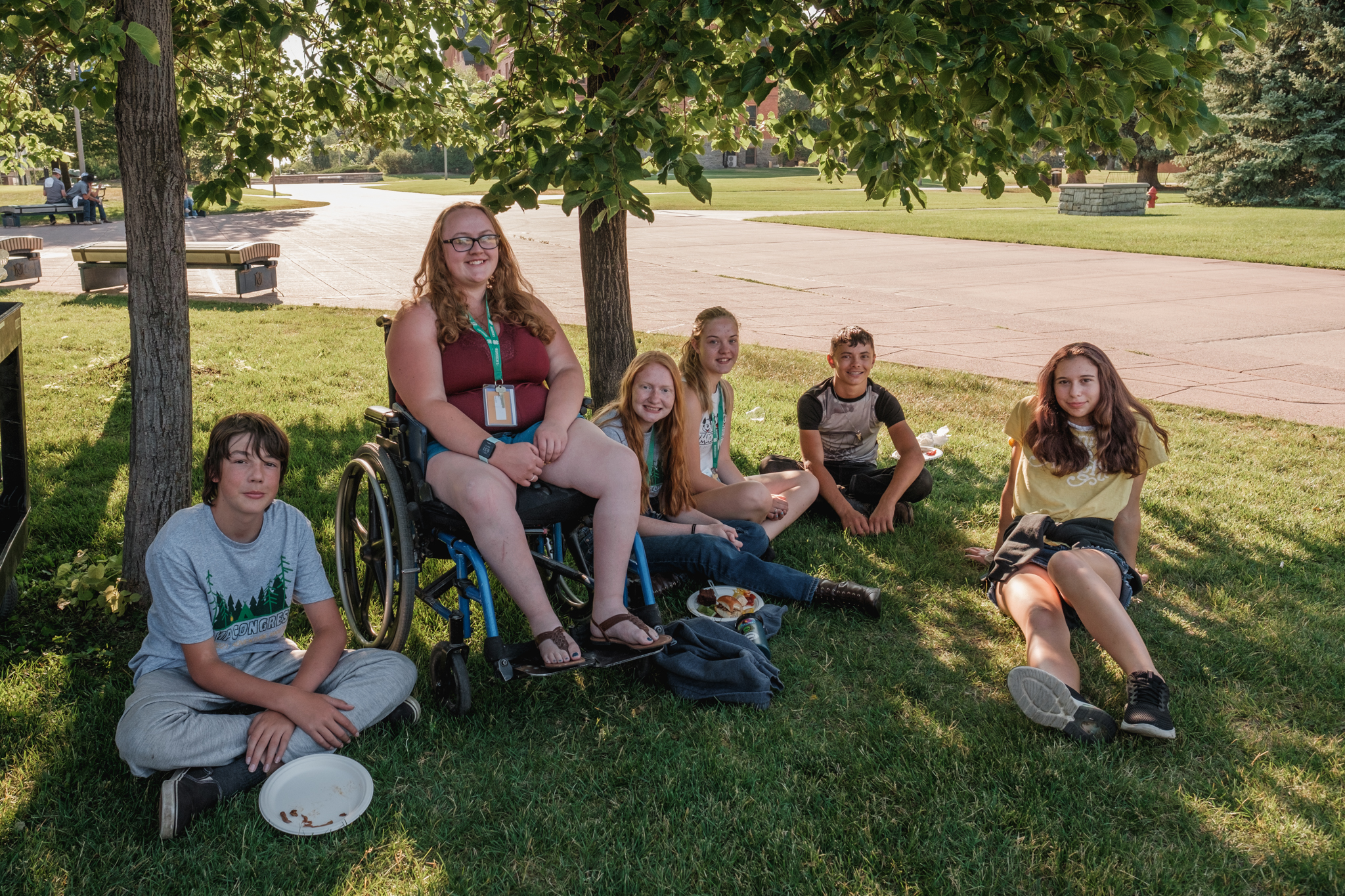
Photo Credit: Tom Aldrich
4-H brings youth together with caring adults and peers, both face to face and virtually, to ensure belonging and a connection to their community. Youth that are connected to their community are less likely to suffer from severe depression or attempt suicide.
4-H offers a network of caring peers for young people to reach out to during challenging times. 4-H is a community that allows for building trust and relationship that is not always replicated in other areas of a member’s life. These relationships are built on common interests and are strengthened by the bond of belonging and inclusion.
A recent study indicated that participation in 4-H programming during the COVID-19 Pandemic contributed to keeping communities connected during times of isolation. This might have been a virtual club meeting, 4-H project work to keep kids engaged, a call from a 4-H volunteer, or an organized service project done at home. 4-H’ers helped themselves, their friends and their community during challenging times.
4-H PROMOTES POSITIVE CITIZENSHIP.
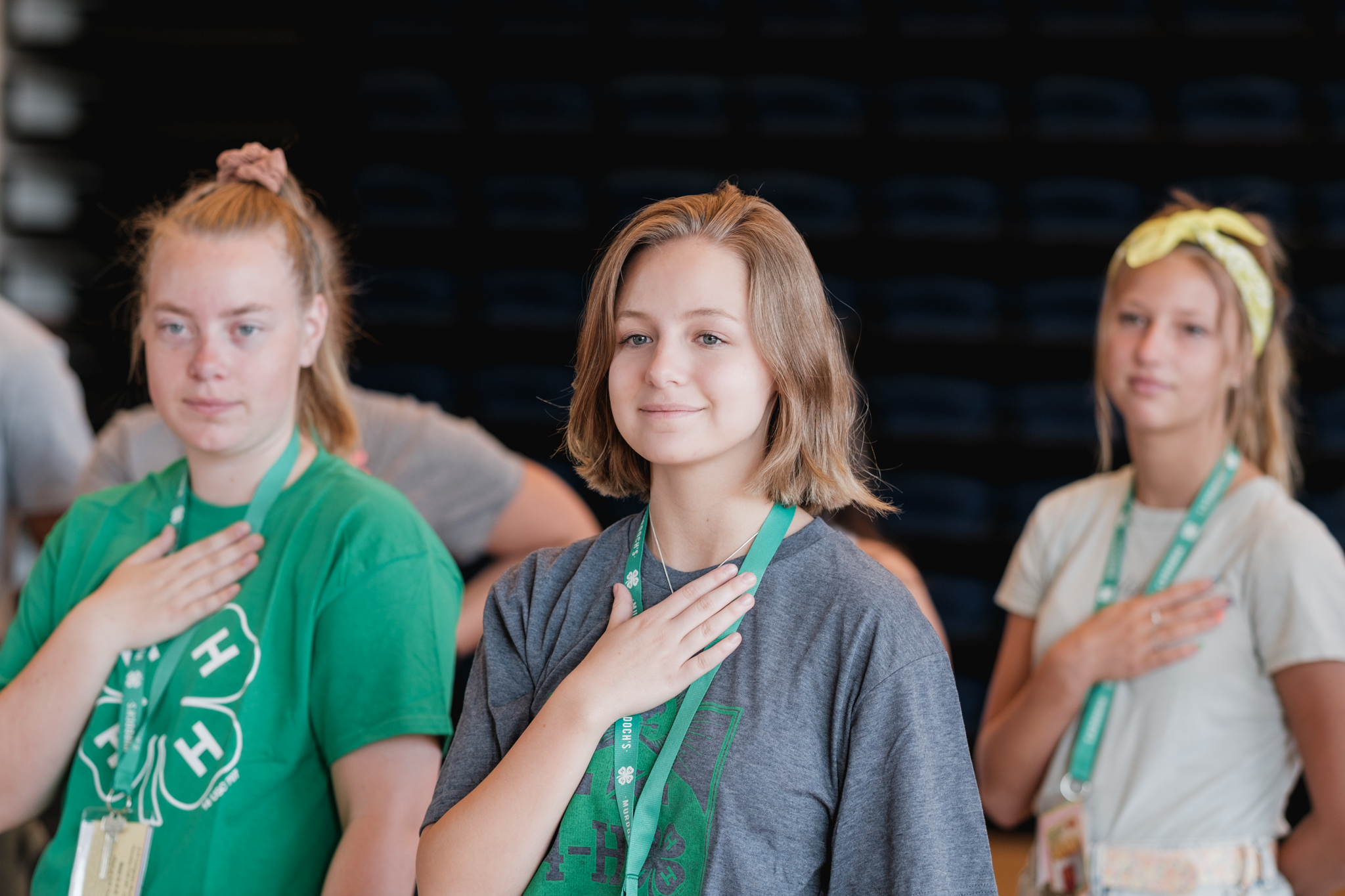
Photo Credit: Tom Aldrich
4‑H programs empower young people to be well-informed citizens who actively engage in their communities and the world. Youth become involved in their community, build decision-making skills, develop a greater sense of understanding, and increase their confidence in connecting to others.
4‑H members contribute hundreds of thousands of hours back to their community every year. Over half of 3rd through 6th grade 4-H members indicated they had more opportunity to help plan a community service project since joining 4-H, while 24% reported having led a community service project as a member of 4-H.
Citizenship and community connection are especially impactful in underserved communities, including Montana’s reservations. 14% of 4-H youth served in 2019-2020 identify as Native American. This is double the average participation level statewide.
42% are more aware of important needs in their community after joining 4-H. Over a third of 7-12th grade 4-H youth report being more likely to talk to their friends about issues affecting their community, state, or world.
Survey Data from Montana 4-H Citizenship Impact Survey 2019
4-H ATTRACTS YOUTH TO STEM
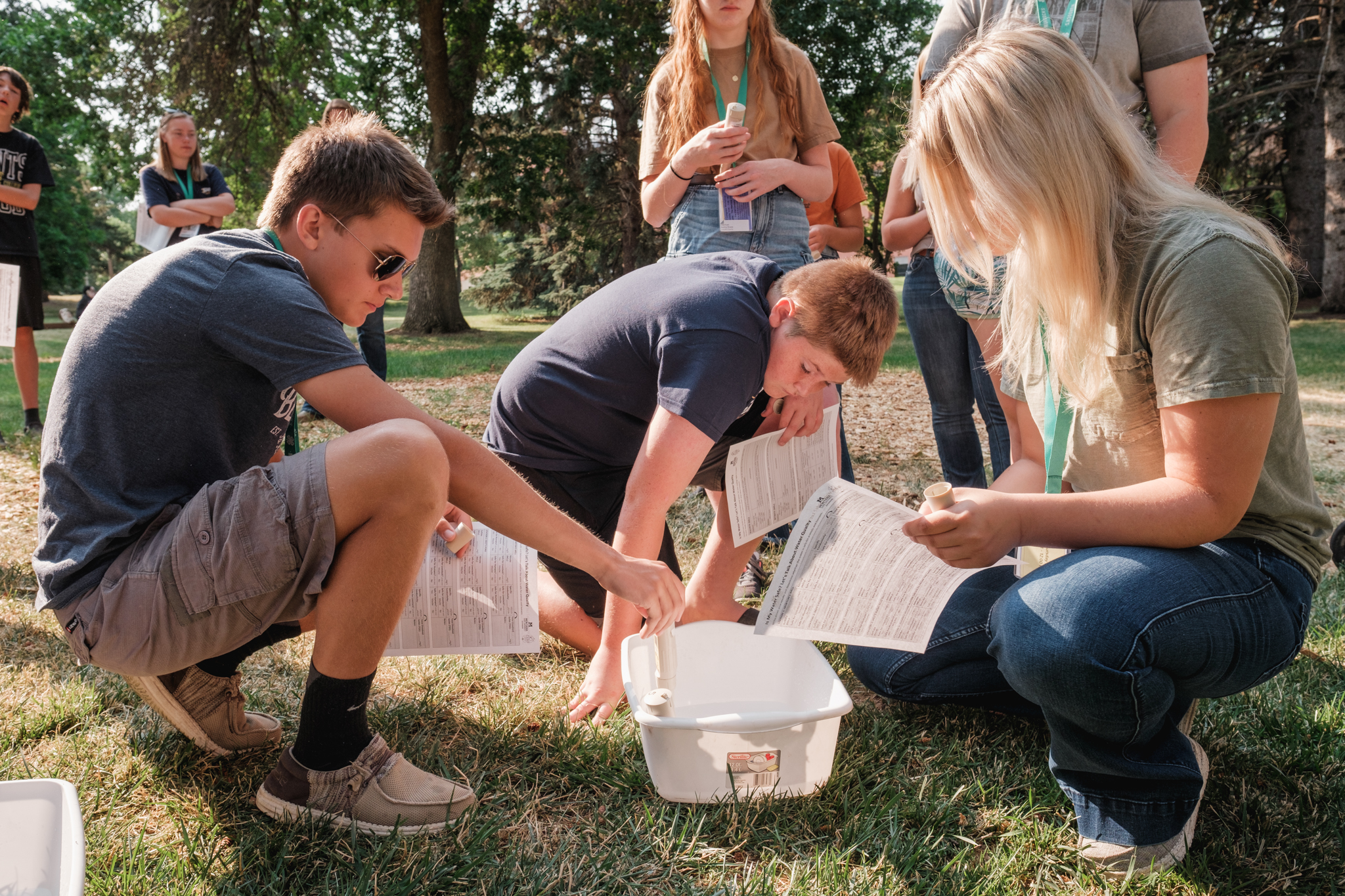
Photo Credit: Tom Aldrich
4‑H STEM programs are proven to get kids excited about science by offering fun, hands-on activities that build confidence and foster interest in STEM-related careers.
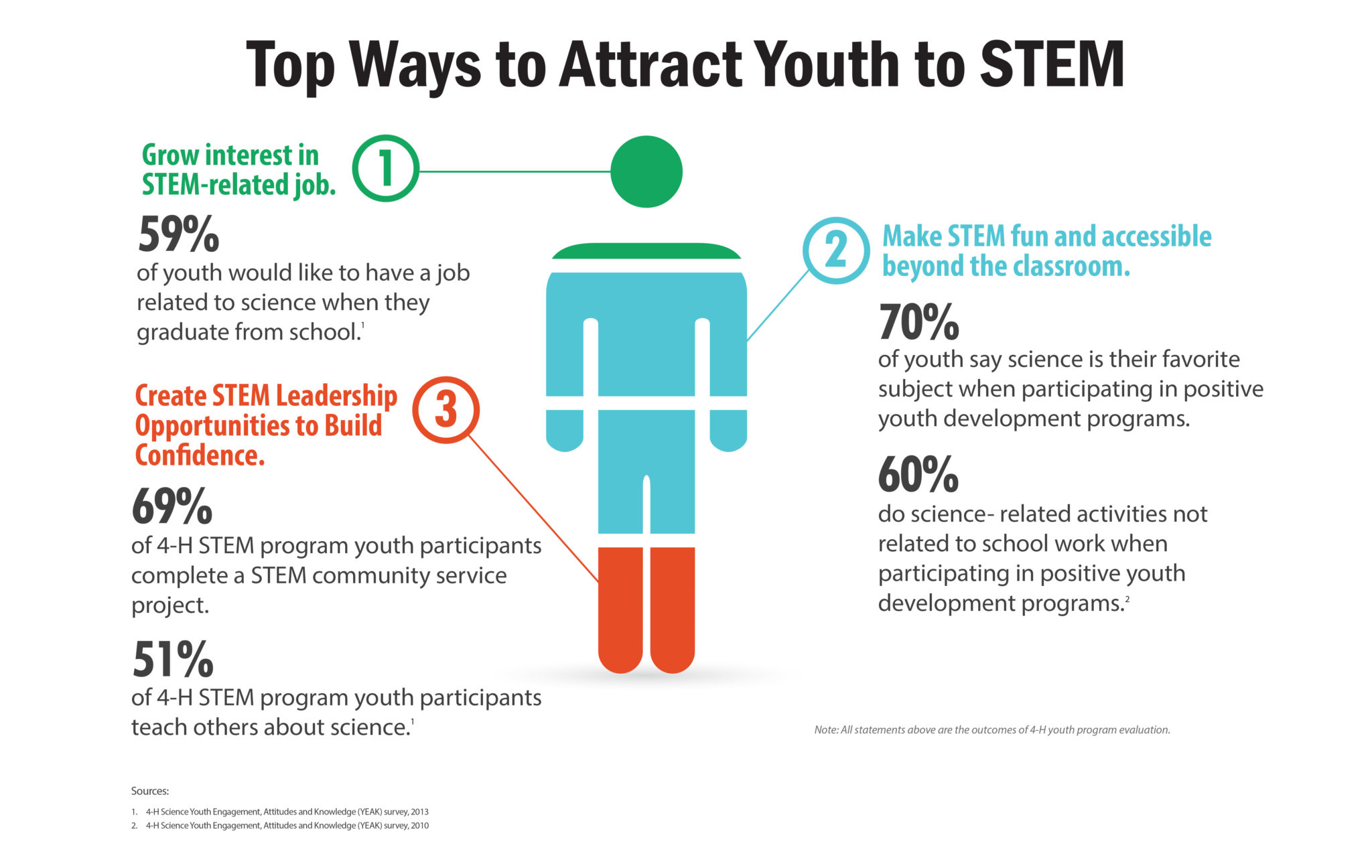
4-H Research and Statistics




